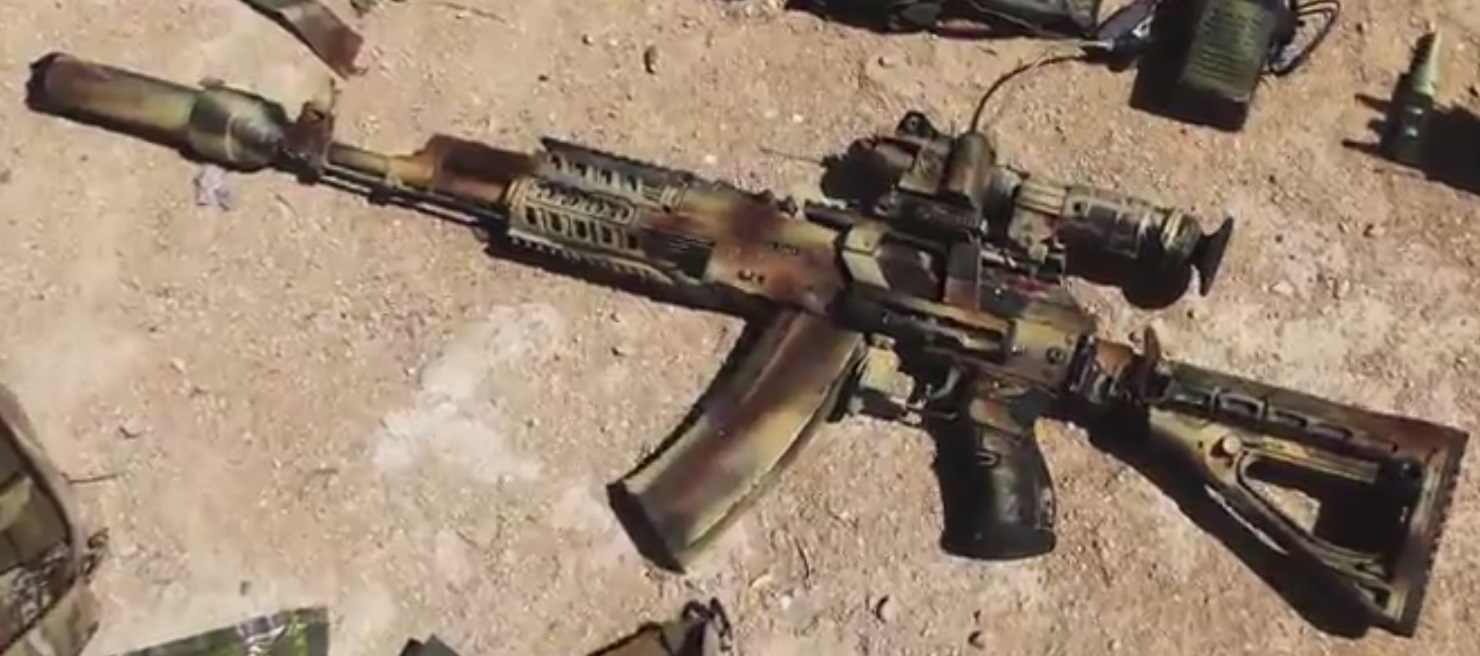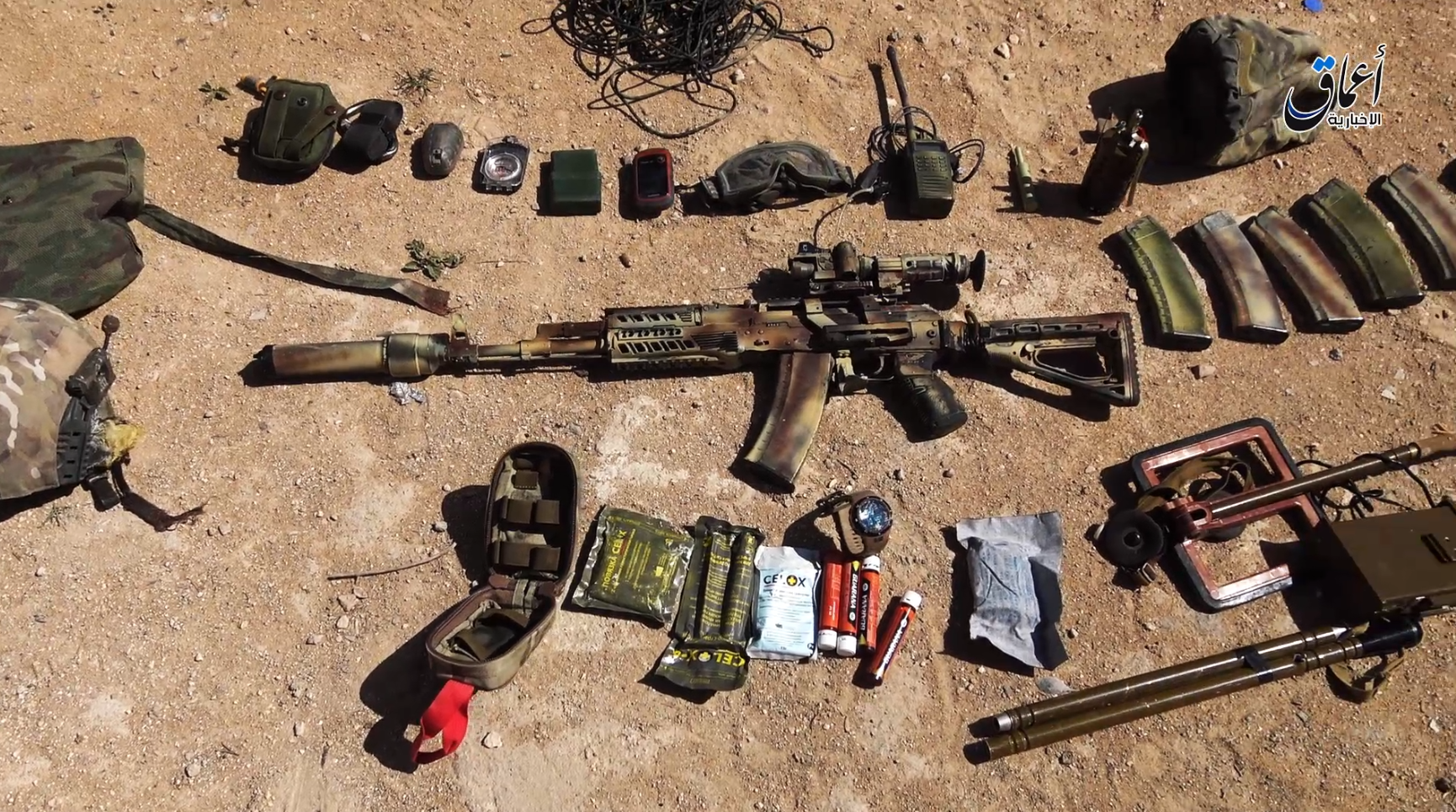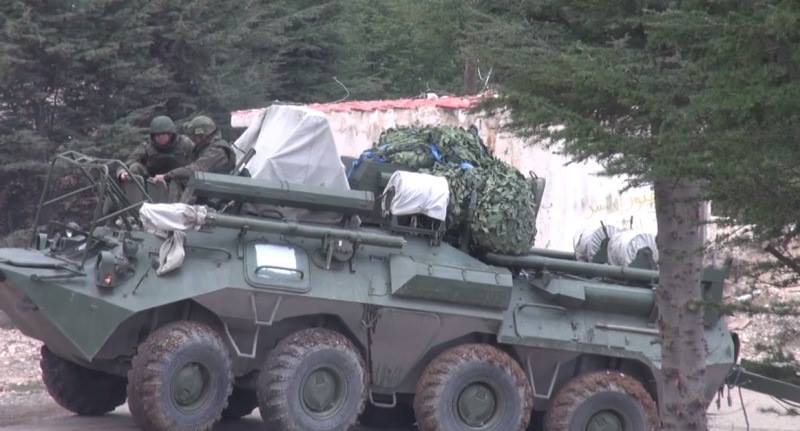Live Updates:
The previous post in our Putin in Syria column can be found here.
4. Yuliya Zhuravlyova, widow of Fyodor Zhuravlyov. Previously, Russian military authorities had not acknowledged Zhuravylov’s death.
But as Vedomosti reported, Conflict Intelligence Team, a group of Russian bloggers headed by Ruslan Leviev investigating Russia’s wars, said Zhuravlyov, a 27-year-old spetsnaz, had died “no latter than November 19, 2015.” RNS also reported, citing “a high-placed source in the Defense Ministry,” that Zhuravlyov was an officer who “performed assignments involving guidance of highly-precision weapons of the strategic air force.”
Another report that “9 soldiers were killed along with Kostenko” was also never confirmed.
Earlier this week Putin had listed among his list of accomplishments in Syria that “2,000 bandits had been killed, natives of Russia, among them 17 field commanders.” The structure of the phrase leaves it somewhat unclear as to whether in fact 2,000 natives of Russia were killed, or such natives are only among all ISIS fighters killed. Authorities have estimated the number of fighters in Syria who are from Russia at 2,700, a number that appears to be based largely on a single informant’s source. Therefore it seems convenient that now “only 700” are left.
The Russian Defense Ministry has never officially publicized the number of troops in Syria.
— Catherine A. Fitzpatrick
As we have reported (below) ISIS claims that it has killed a Russian soldier, and evidence provided by the terrorist group suggests that they may be right.
Armament Research Services, or ARES, has also analyzed the evidence and they report that the equipment — including a heavily modified AK-74 self-loading rifle — is indeed consistent with a Russian special forces soldier:
The equipment is consistent with that issued to and acquired by Russian special operations forces (SOF) in recent years, including items documented in service with Russian SOF in Ukraine and elsewhere. The presence of mine-clearance equipment, including a Russian made metal detector and mine clearance probe, and what appears to be a pull line and hook, may indicate the combatant was an explosive ordnance disposal (EOD) operator.
Read the report here:

Russian SOF equipment captured by IS in Syria
Islamic State group (IS)-linked 'news agency' A'maq has reported on 17 March 2016, via their official account on the messaging app Telegram, on the killing of "a Russian military advisor" during skirmishes between the Syrian Arab Army (SAA) and IS west of Palmyra, in the Homs Governorate of Syria.
ISIS has released a video showing the body of a man they claim to have been a Russian military adviser, killed near the Syrian city of Palmyra today.
The graphic footage shows the bloody corpse of a man in uniform, notably without any patches or insignia, before moving on to the man’s equipment:

Amongst the equipment seen here is an advanced Kalashnikov assault rifle equipped with a suppressor, multiple ammunition magazines, a helmet fitted with a torch, what appears to be a metal detector, and several packets of Celox blood-clotting agent, used to stem bleeding from wounds.
Observers have suggested that this outfit would correspond with that of an explosive ordnance disposal technician (EOD).
The presence of Russian troops in the Palmyra area has been demonstrated before.
This CNN video from last month, while purportedly showing Syrian army forces, actually shows hardware, including BTR-82A armoured personnel carriers and artillery support vehicles used by the Russian army:
On March 9, Kamel Saqr, a Syrian journalist, reported significant movements of Russian forces towards Palmyra, including armour and artillery.
He posted a photograph of a Russian R-166-0.5 signals vehicle on the move:

Most recently, Russian war pornographer Aleksandr Pushin, who specialises in drone videos from the battlefields of Syria, uploaded video of a purported ISIS attack, reportedly near Palmyra:
The Interpreter has reached out to experts for further help analysing today’s video and will follow up on this story.
— Pierre Vaux
“The tasks which were set before you on the whole have been completed, the units and divisions are returning to the place of their permanent deployment, they are returning home to Russia.”
“The figures by IHS Jane’s show that bombing raids, supply runs, infrastructure and ground personnel — along with a salvo of cruise missiles fired into the conflict zone — have cost Russia $80 million-$115 million since strikes began on Sept. 30.”
Procurement costs are likely lower in Russia than in the West, but presumably Jane’s would have factored real costs in.
Yet likely Putin would be motivated not to reveal the true extent of the costs to avoid public anger, especially if the mission really continues, or if it turns out the anti-Assad insurgency or ISIS aren’t in as much “disarray” as he implied in his announcement.
— Catherine A. Fitzpatrick
The United States military does not see a significant drawdown of Russian forces from their bases in Lattakia, Syria. AFP reports:
Colonel Steve Warren, a US military spokesman in the region, said Russian intentions remain unclear.
“We have not seen a significant reduction, frankly, in their combat power. Particularly the ground combat power remain static, the air combat power has been slightly reduced, but that’s it,” he said.
Warren said there were some indications of small units packing up, and eight to 10 Russian aircraft have left the country.
Yesterday NPR quoted Warren as saying that about 20% of Russian fixed-wing aircraft have withdrawn from the Hmeimim air base in Lattakia, and some support troops appear to have been withdrawn with them. Effectively, while Russia has withdrawn some equipment and combat flights appear to be significantly reduced at the moment, Russia is still maintaining its fighting presence and capabilities in Syria.
In fact, yesterday The Interpreter documented the appearance of two new attack helicopters in Syria – the Mi-28 and the highly-capable KA-52, an aircraft that excels at battlefield reconnaissance, target identification, and coordination.
The new helicopters are perfectly suited to defend the Russian air base against direct attack and provide close air support as needed.
Before the announcement of the withdrawal, Russian airstrikes were reduced but by no means stopped. Targeted Russian airstrikes against non-ISIS rebel groups continued throughout the “ceasefire” period. The Atlantic Council reports:
The Syria Ceasefire Monitor reports 111 violations as of March 9–almost all perpetrated by regime or Russian forces. Attacks mostly targeted insurgent territory in Homs, Hama, Idlib, Latakia, Aleppo, Damascus, and Deraa. Air strikes and ground operations in Idlib very likely targeted the Nusra Front, but the regime and Russia also attacked opposition territory in which the Nusra Front had little or no presence. The clearest examples were attacks on a large, encircled opposition pocket in southern Hama and northern Homs provinces. The rebel territory, including cities such as al-Rastan and al-Hawla, straddles the critical M5 highway, which connects regime-controlled Homs and Hama cities.
Since the ceasefire started, the regime and Russia have been trying to break up the rebel pocket, in order to eliminate a point from which the opposition can launch attacks against regime territory. To that end, they have reportedly attacked Hirbnafsa in Hama Province at least ten times, launching around 100 air strikes and three ground offensives to capture the town. According to the Syrian Network for Human Rights and local civil defense groups, the Nusra Front has no presence in Hirbnafsah (which supports the authors’ understanding of which rebel groups are present there). That would make these regime operations clear violations of the ceasefire terms, going beyond sporadic bombings to include ground assaults.
Ceasefire violations by the regime are concentrated in but not exclusive to northern Syria. They have also been reported in Deraa, southern Syria, and the critical, rebel-held Damascus suburbs. These include shelling, sniping, and what appear to be regular albeit limited regime ground assaults against Jaysh al-Islam, a Damascus-based Islamists group that is a party to the ceasefire. That said, air strikes have been far more common in the north. Violations in the south are more likely to take the form of artillery shelling and small arms fighting, reflecting greater regime emphasis on the north and/or recognition that these latter violations are harder for the international community to detect.
 The War on the Syrian Insurgency Continues in Plain Sight
The War on the Syrian Insurgency Continues in Plain Sight
The Atlantic Council promotes constructive leadership and engagement in international affairs based on the central role of the Atlantic Community in meeting global challenges. Founded in 1961, the Council provides an essential forum for navigating the dramatic shifts in economic and political influence that are shaping the twenty-first century by educating and galvanizing its uniquely influential, nonpartisan network of international political, business, and intellectual leaders.
In other words, a 20% reduction in air power may not have any negative impact on Russia’s current air campaign, especially since the ceasefire went into effect after the non-ISIS rebel groups in both northern and southern Syria suffered a series of devastating losses.
So Russia may have withdrawn some forces, but perhaps only because they no longer need this much firepower in Syria.
— James Miller